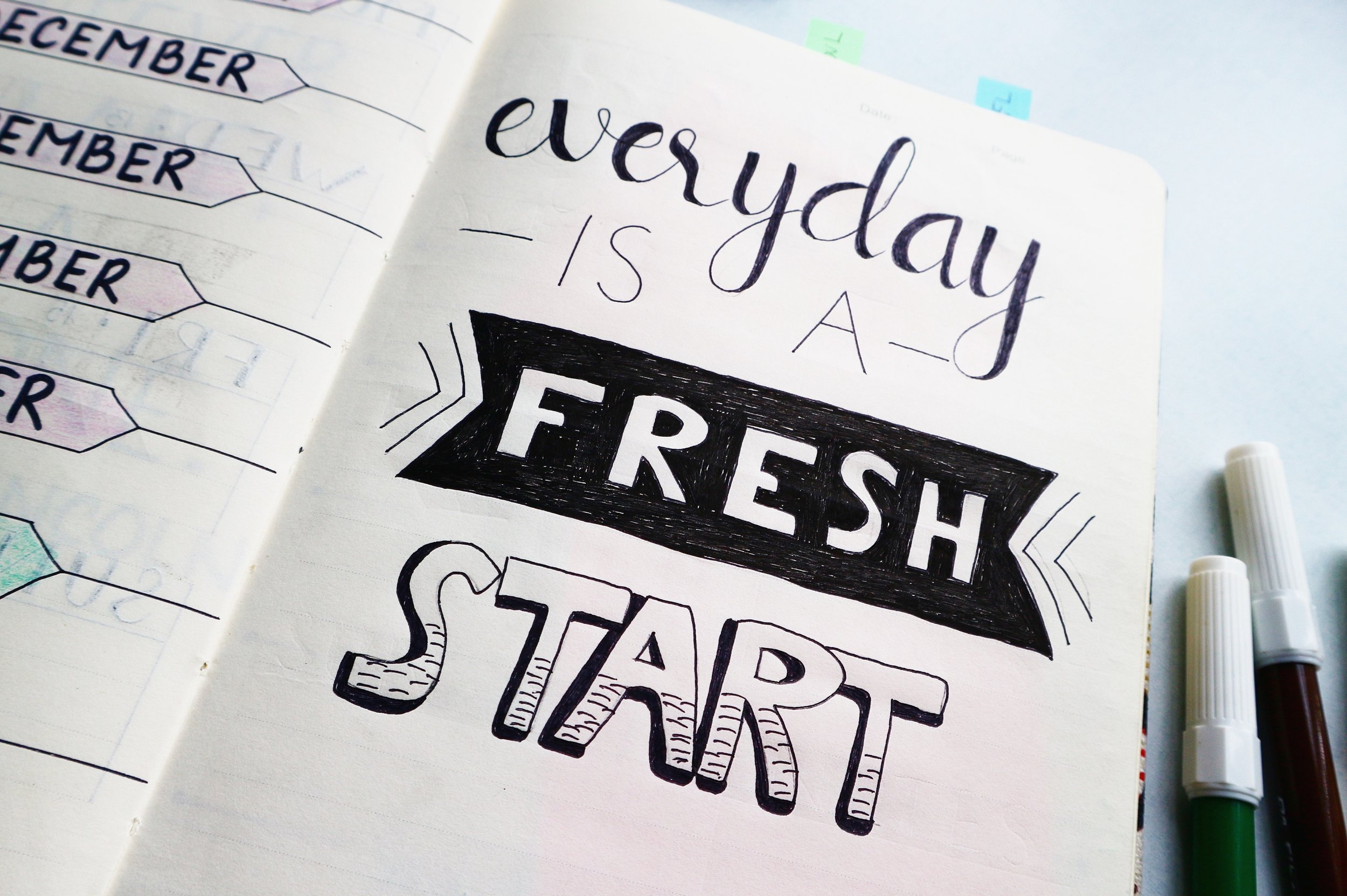5 Best Ways to Practice Your New Voice in Conversation - Vocal Feminization
So you’ve started to get the hang of your feminine voice in your practice sessions, but now what?? How can you start using your new voice in conversation?
Implementing what you’ve learned is the most rewarding part of the process.
Why is it so difficult?
When you practice bright vowel sounds or light words, you don't have to think about what to say next. You know what you’re going to say - all you have to think about is how to say it.
Once you start having conversations, your brain starts working overtime. Instead of a focus on a feminine sound, you think about your response instead. People walking by and outdoor noises are distracting, too.
So that’s why it’s important to have a plan of action to start to bring your focus to doing two things at once.
Below, I share the 5 best ways to practice your new voice in conversation - you're gonna want to keep reading!
Build a Practice Habit
First thing’s first. You’ve got to practice consistently.
Let’s compare voice work to exercise.
Imagine how it feels to work out when you have been out of the game for a few months. It’s mentally tough to get yourself get out the door to begin with. When it’s not part of your routine, convincing yourself to go for a run is hard. And once you get out there, you’re totally out of breath because you haven’t built up the stamina you need.
Now think of how you feel when you’re going to the gym 5 times a week. Pretty good, no? You don’t have to convince yourself to go for a run because it’s just what you do after work. Physically, you get accustomed to the exercise and it actually starts to feel good. You get stronger and you can run a further distance without feeling out of breath.
This is how you need to think about voice training.
When you’re trying to achieve your voice training goals, practice needs to be a part of what you do each day. This way, you don’t waste mental energy deciding whether or not to practice. Remember that the vocal folds are muscles. You have to “work them out” the same way you would the rest of the muscles in the body.
So here are a few ways you can create a system of practice each day.
Start small
Bit by bit, you can feminize your voice in conversation!
Start Small
Don’t tell yourself you’re going to practice for three hours a day. First of all, that’s not good for your vocal health (think about running for 3 hours every day…). It’s also not a good way to build a habit. Because every time you think about practicing, you’ll think, “Ugh, I don’t want to do that for 3 whole hours! I’ll just put it off until tomorrow.”
But, if you start by saying, “I’m going to practice vocal feminization for 3 minutes”, that’s an easy task to complete. Suddenly, voice training doesn’t feel so painful. Once practice becomes a normal part of your routine, you can build from there. You can add to the number of practice sessions you do or add to the number of minutes that you practice.
Habit Stacking
Habit stacking is something I learned from James Clear’s book, Atomic Habits. This is the idea that you can build habits by attaching them to things in your daily life that are already habits.
For instance, maybe you're a coffee drinker. You might say to yourself, "every time I have a cup of coffee, I’ll practice for 3 minutes". Or maybe you have an evening routine that you stick to. You could practice every evening after you brush your teeth.
Time Blocking
If you use a calendar, time blocking can work well, too. Here's the idea: you put your practice session on your calendar for a certain amount of time each day. When the time is up, you’re done. So you could put down 10 minutes at 10am and 10 minutes at 3pm, for example. So whatever you accomplish in those ten minutes is what you do and you get on with your day. And since it’s on your calendar as though it’s something you have to do for work, you’re more likely to get it done.
2. Practice Filler Words
Everyone has things that they say when they pause in conversation to think of what they’re going to say next. These are called filler words. Some examples are “um”, “like”, “ah”, “okay”, “so”, or “well”.
First write a list of all the filler words that you use on a regular basis. If you’re not sure, take a recording of yourself talking and listen back.
Next, practice these words until they're automatic. You can practice all aspects of vocal feminization - resonance, vocal weight, pitch, or articulation. Easily saying your filler words in your new voice can be a huge help in conversation.
3. Play Word Games
Playing word games or trivia can be a great way to get your brain juices flowing. In these kinds of games, you can use your feminine voice without having to construct full sentences. Not having to say much is helpful to get started.
That initial sound is what we’re practicing here. You can practice your resonance, pitch, vocal weight, and inflection all on a single word or phrase.
A few great ones to try are online trivia, online quizzes, or Scattergories.
4. Role Playing
Role playing with a friend or your gender affirming voice teacher is a great way to prepare yourself for the next step: going out. Choose some different scenarios that you find yourself in often. Maybe that’s ordering in a restaurant or coffee shop, having a Monday morning catch-up with your co-workers about your weekend, or calling to dispute charges on your credit card.
5. Go On Practice Outings
Finally, it’s time to take your new voice out for a spin! This is where things get fun.
Make a date with yourself to go out and practice your voice, a couple of times a week to start. Make a list of places that you like to go.
You could try:
A coffee shop
A phone call
A drive through window
A vintage store
An online streaming game
Take yourself out for dinner
Going to the grocery store
Schedule your practice outings!
You don’t need to be talking for a huge amount of time. A quick interaction with someone counts! So this is your excuse to get out there and order yourself a beautiful latte!
Summary
Taking your voice from the comfort of your own practice sessions into conversation is challenging. But if you take it step by step, you can absolutely achieve a natural feeling voice in conversation.
I hope this was helpful - get out there and give these tips a try! :)
























